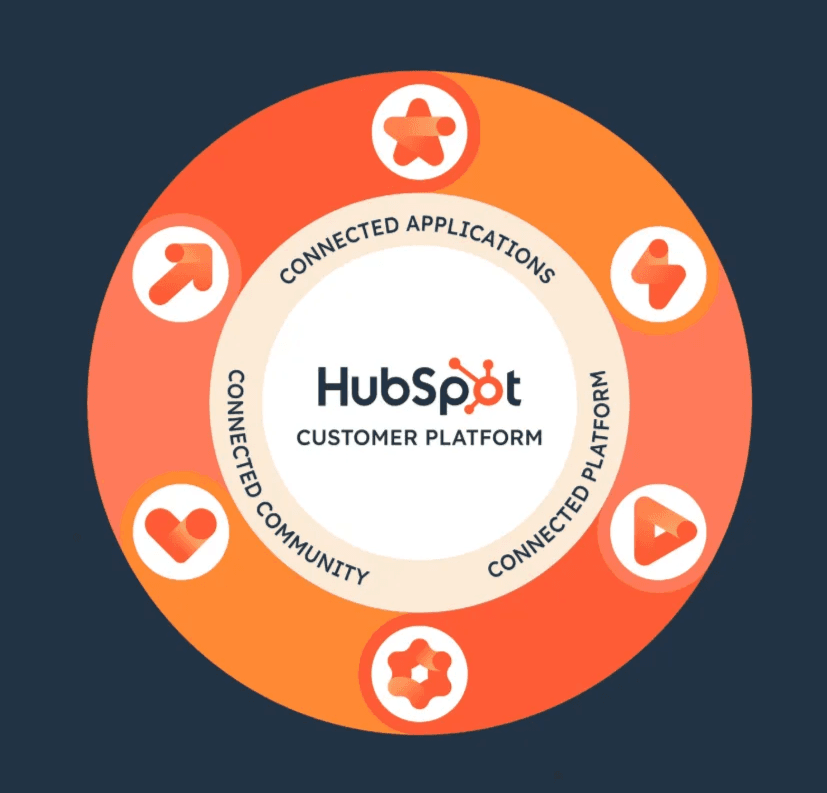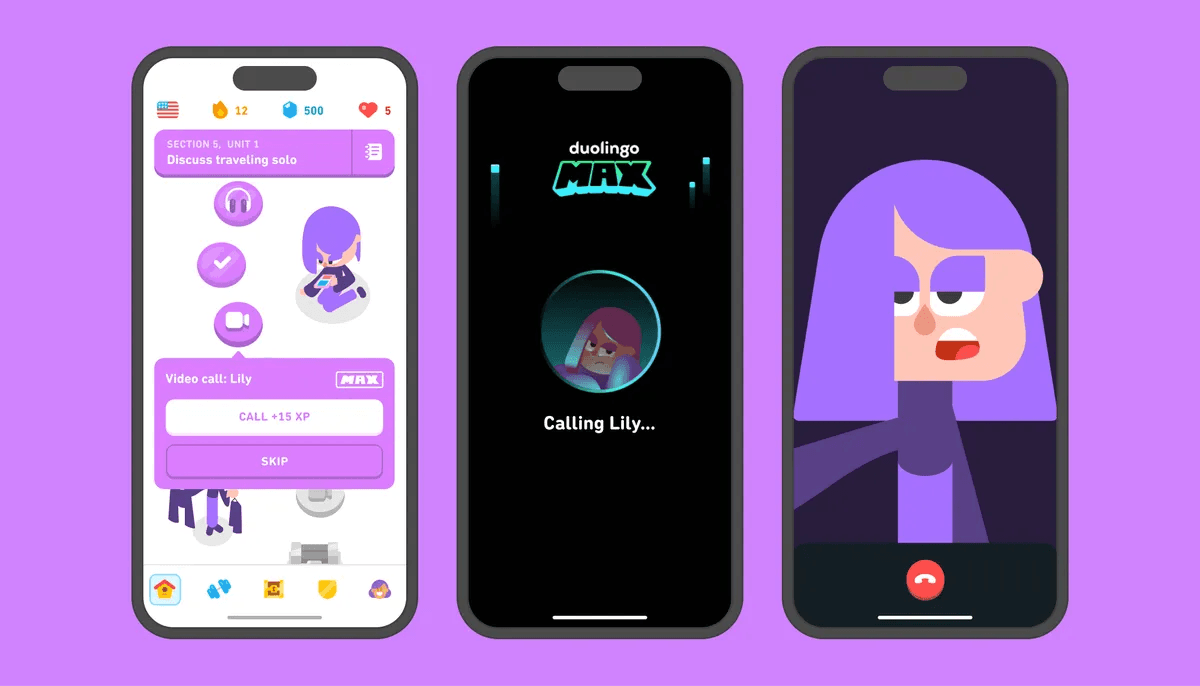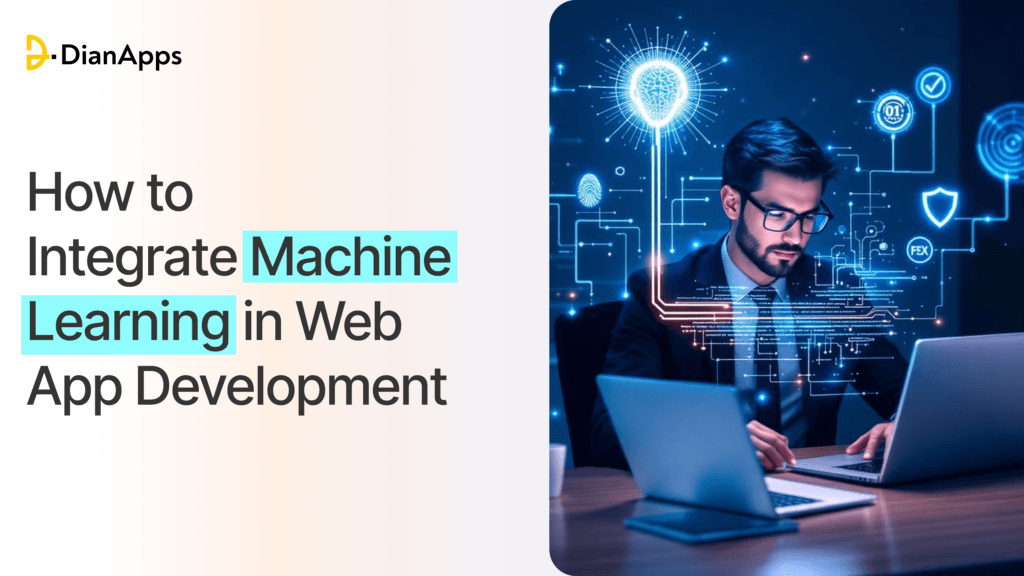Machine Learning in Web application development? Well, start the integration process with:
- Preparing and processing your data using the right ML algorithm and framework, such as PyTorch or TensorFlow.
- Training the Machine Learning model until it fills the performance satisfaction meter.
- Select a backend framework that aligns with project needs and performs well with programming languages such as Flask or Django for Python ecosystems, or Express.js/FastAPI for modern performance.
- Deploy via Docker, Kubernetes, or serverless platforms to handle real-world traffic and scale dynamically.
- Keep models sharp with real-time feedback loops and retraining pipelines.
Machine Learning isn’t a “future trend” anymore, it’s the engine behind personalization, fraud detection, predictive analytics, and every sticky user experience you admire.
In 2025, 62% of developers are already using AI tools, with up to 30% of code being AI-generated. The message is clear: if your web app isn’t ML-driven, it’s already falling behind.
What is Machine Learning in Web App Development?
Machine learning (ML) in web development means embedding algorithms that learn from data to improve user experiences, automate decisions, and scale personalization. Unlike traditional apps that rely on static logic, ML-enabled apps adapt over time, every interaction makes them smarter.
For businesses, this means better engagement and efficiency. For developers, it means shifting from hardcoded workflows to data-driven intelligence.
Top 5 Ways ML is Transforming Web Apps in 2025
- Recommendation Engines – eCommerce platforms like Amazon use ML to drive product suggestions that account for 35% of total revenue.
- Fraud Detection – Fintech apps use ML to identify suspicious activity in real time, reducing losses.
- Conversational AI – Chatbots in customer support cut response times and handle up to 80% of routine queries.
- Personalized Search – Web apps serve smarter, context-aware search results to boost conversions.
- Image & Video Analysis – Healthcare and retail apps leverage ML for diagnostics, visual search, and quality control.
Understand the role of Machine Learning in Doctor app development!
Top Questions Developers Ask About ML in Web Apps
1.How do I integrate machine learning into a web app?
A web app integrates ML by training or using a pre-trained model, exposing it via an API, and connecting it to the app’s backend. Developers typically use frameworks like TensorFlow or PyTorch for models and FastAPI or Flask to serve predictions.
2.How do I add ML to a webpage as a beginner?
Start simple: use pre-trained ML APIs (like Google Cloud Vision, AWS Comprehend) or JavaScript libraries such as TensorFlow.js. These let you add features like text analysis, image recognition, or recommendations without building a model from scratch.
3.What’s the cost of adding AI features to a web app?
Costs vary by scale: simple ML APIs can be added for a few hundred dollars per month, while custom ML solutions with cloud GPUs may run into thousands monthly. Start with an MVP to validate ROI before scaling.
4.FastAPI vs Flask for serving ML models-what’s better?
FastAPI is faster and supports async processing, making it better for high-performance ML APIs. Flask is a lightweight and beginner-friendly framework, ideal for prototypes. Teams often start with Flask and migrate to FastAPI as traffic grows.
5.TensorFlow vs Pytorch-what should I use for web apps?
TensorFlow is production-ready and integrates well with mobile/web, including TensorFlow.js for browser ML. PyTorch is easier for research and prototyping but needs extra work for deployment. For enterprise-scale apps, TensorFlow usually wins; for R&D-heavy apps, PyTorch shines.
Trend Watch: The Future of ML in Web Apps
- In-browser ML (TensorFlow.js): Enables personalization and faster predictions directly in the browser.
- Edge inference: Brings ML closer to the user for speed, privacy, and offline capabilities.
- AutoML: Allows non-experts to train models with minimal effort.
- AI-assisted development (Google Stitch): Accelerates design-to-code, shrinking ML adoption timelines.
Applying Machine Learning in Web App Development
Once the fundamentals of ML are clear, the real value emerges when businesses actually apply it to their web applications. At this stage, companies are not just curious about what ML is, they’re asking, “How do we implement it for tangible outcomes?”
Here’s how ML transforms web app development in practical terms:
1. Personalization Engines
Think Netflix recommending your next binge or Amazon suggesting products you didn’t know you needed. ML models analyze browsing behavior, purchase history, and contextual data to create hyper-personalized experiences. For web apps, this means higher engagement, longer session times, and increased conversions.
2. Predictive Analytics

Popular SaaS platform—HubSpot is utilizing machine learning to provide AI-powered capabilities to streamline tasks such as predictive content optimization, AI-driven customer segmentation, churn prediction, and market trend analysis.
Companies like Walmart use ML-driven analytics to forecast demand, anticipate user needs, or even predict churn before it happens. For example, SaaS platforms like HubSpot can predict when a user is about to drop off and trigger retention campaigns automatically, turning data into proactive business decisions.
3. Fraud Detection & Security
Financial institutions and e-commerce players rely on ML-powered anomaly detection to flag suspicious activity in real-time. Unlike static rule-based systems, ML models evolve with new fraud patterns, keeping apps resilient against ever-changing threats.
4. Chatbots & Virtual Assistants

This AI feature of Duolingo could give your lessons a boost.
Customer experience is being reshaped by NLP. Duolingo’s AI tutor personalizes feedback during language lessons, while Sephora’s chatbot helps users find the right makeup products online. Even banking apps like Bank of America’s Erica handle account queries, transactions, and financial advice, all powered by ML-based natural language understanding.
5. Image & Video Recognition
See how Stephen Blum explains the advanced using of Machine Learning in Image recognition and more!
E-commerce platforms are deploying visual search, where users can upload a photo to find similar products instantly. In healthcare, ML models are helping web-based platforms read X-rays or detect anomalies in medical images, bridging the gap between data and diagnosis.
Step-by-Step: How to Integrate ML into a Web App?
Integrating ML into a web app isn’t plug-and-play—it requires a clear process. Here’s the roadmap developers and businesses actually follow:
-
Define Use Case & KPIs
– Is your goal churn prediction, product recommendations, fraud detection, or personalization?
– KPIs may include conversion rate, retention uplift, fraud reduction, or customer satisfaction.
-
Collect & Preprocess Data
– Gather user logs, transactions, or third-party datasets.
– Clean and normalize the data to remove noise.
-
Choose Model & Framework
– TensorFlow, PyTorch, or Scikit-learn depending on project type.
– Pre-trained vs custom models.
-
Train, Test & Validate
– Run experiments on historical data.
– Validate accuracy, precision, recall, and business KPIs.
-
Deploy via API or Embedding
– Expose the ML model through REST/GraphQL APIs.
– Integrate with the web app’s backend or frontend.
-
Monitor Drift & Retrain
– Track model accuracy in real-time.
– Retrain when accuracy falls due to changing data patterns.
This cycle is what turns static apps into adaptive, self-learning platforms.
Frameworks Comparison (2025)
| Framework | Best For | Pros | Cons | Verdict |
|---|---|---|---|---|
| TensorFlow | Production, mobile & web | Huge ecosystem, TF.js, mobile-ready | Steeper learning curve | Best for scalability & enterprise apps |
| PyTorch | Research, rapid prototyping | Dynamic, flexible, intuitive | Deployment overhead | Best for R&D and iterative dev |
| scikit-learn | Traditional ML tasks | Easy to learn, fast prototyping | Not built for deep learning | Best for classical ML workloads |
| TensorFlow.js | Browser-side ML | Client-side processing, personalization | Limited model size | Best for on-device personalization |
Verdict: SageMaker suits enterprises, Vertex AI works best for ML-driven startups, and Azure ML wins in compliance-first industries.
Serving ML in Production: FastAPI vs Flask vs Node.js
- FastAPI → Modern Python framework, async support, great for high-performance ML APIs.
- Flask → Lightweight, easy, mature, best for quick prototypes or proof of concept.
- Node.js → Strong JS ecosystem, works well when ML APIs need to blend directly with JS-heavy stacks.
Most enterprise ML apps start with Flask for MVPs and migrate to FastAPI for production scale.
Cost, Scaling & Compliance Considerations
- API Costs – Using external APIs (like OpenAI, AWS AI, or Google Vision) can add variable costs per token or per request.
- Infrastructure Costs – Training custom models on cloud GPUs (AWS, GCP) can run thousands monthly.
- Scaling – ML workloads must be optimized for high-traffic apps (batch processing vs real-time inference).
- Data Privacy & Compliance – Apps handling sensitive data must comply with GDPR, HIPAA, PCI DSS.
- Bias & Fairness – Models trained on skewed datasets can unintentionally discriminate. Developers must monitor for ethical AI usage.
DianApps Vs Other Companies: Why Choose Us?
Most companies offer either AI consulting or web development, rarely both. DianApps bridges that gap by delivering end-to-end ML integration within robust web app development services.
| Platform | Best For | Strengths | Weak Spots |
|---|---|---|---|
| AWS SageMaker | Enterprise-scale ML, diverse industries | Mature ecosystem, built-in MLOps, strong scaling | Complex pricing, AWS lock-in |
| Google Vertex AI | Data-first companies, AutoML seekers | Seamless GCP integration, AutoML, strong NLP models | Limited outside GCP stack |
| Azure ML | Compliance-heavy industries, hybrid enterprises | Governance, security, enterprise integration | Smaller community vs AWS/GCP |
With DianApps, businesses don’t just get a web app, they get an intelligent, scalable, and compliant product that grows smarter with time.
Top 5 Web App Development Companies for ML Integration (2025)
If you’re ready to integrate ML into your web application, choosing the right partner is critical. Here are the top players making waves in 2025:
1. DianApps – Full-Stack + ML Integration Experts
Known for combining custom web app development with in-house ML expertise, DianApps delivers end-to-end solutions, from ideation to production-grade MLOps. With a proven track record across fintech, healthtech, and SaaS, DianApps ensures apps aren’t just built—they’re built smarter, faster, and future-proof.
2. STX Next – Python + AI Consulting
Europe’s leading Python house, STX Next, specializes in AI consulting and ML model development for web platforms, making them ideal for companies seeking Python-first teams.
3. Svitla Systems – Scalable Enterprise ML
Svitla focuses on building enterprise-grade ML apps, particularly in healthcare and logistics, ensuring robust scalability and compliance-heavy deployments.
4. HatchWorks – Agile AI/ML Development
HatchWorks brings a U.S.-based team that focuses on Agile-driven ML development, allowing rapid proof-of-concepts and iteration cycles for startups and SMEs.
5. Iflexion – ML Integration for Legacy Web Systems
For companies with existing, legacy web infrastructure, Iflexion specializes in upgrading and integrating ML capabilities without full system rewrites.
Case Snapshots
- Recommendation Uplift – An eCommerce client improved click-through rates by 25% after deploying DianApps’ ML-powered recommendation engine.
- Fraud Detection – A fintech solution reduced chargebacks by automating anomaly detection using ML, saving clients hundreds of thousands annually.
- Conversational AI – A SaaS platform integrated an ML-based chatbot that now resolves 70% of queries without human support.
These aren’t hypotheticals, they’re tangible results showing how ML directly improves KPIs.
Future Outlook of Machine Learning in Web App Development & Why Act Now
The ML adoption curve is steepening:
- Gartner predicts 70% of new enterprise apps will include AI by 2028 (up from less than 5% in 2020).
- Search UX is shifting, AI Overviews are reducing organic CTR, making ML-driven in-app engagement even more critical.
- Competitors that act now will cement an early-mover advantage, while laggards risk being displaced by smarter, adaptive products.
Bottom line: Waiting isn’t a Strategy.
Get Your Free ML Readiness Audit
DianApps is offering a complimentary ML Readiness Audit for businesses serious about leveling up their web apps.
What you’ll get:
- Use-case analysis tailored to your industry.
- Infrastructure review & scaling roadmap.
- ROI modeling so you know the financial upside before you invest.
Exclusive Offer: Kickstart your ML journey with a POC in just 3–4 weeks, executed by DianApps’ full-stack + ML integration experts.










Leave a Comment
Your email address will not be published. Required fields are marked *